Silwood Park's 75th Anniversary
The bastion of world-leading entomology, pure ecology, and evolution , biodiversity and conservation research celebrates its 75th anniversary
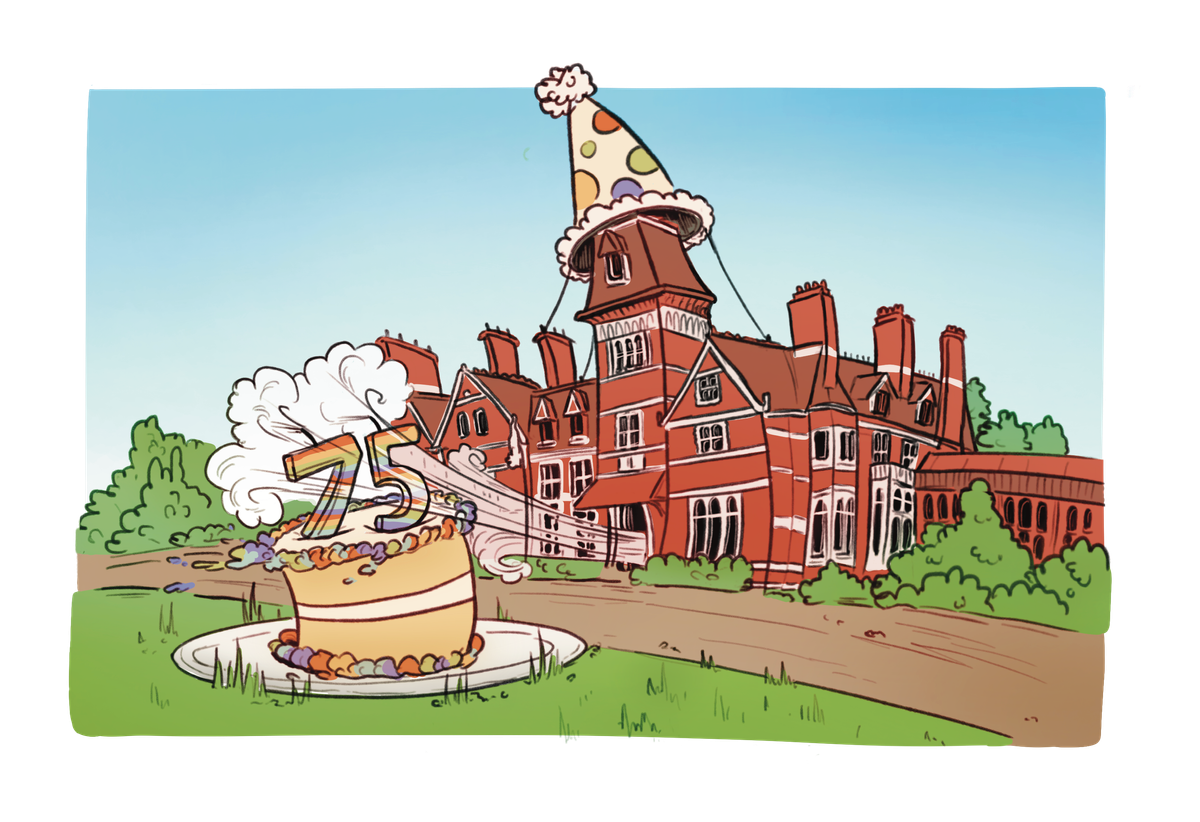
Silwood Park celebrates its 75th anniversary with Imperial College London! Located around 25 miles west of central London, near the village of Sunninghill in Ascot, Berkshire, this 100ha of natural parkland has seen world-leading entomology, pure ecology, and evolution , biodiversity and conservation research.
Current research at Silwood
Research at Silwood Park spans ecology, evolution, and conservation. Below are just a few examples of the longer-term field studies that Silwood Park has accomodated over the last 75 years. Now, the age of genomics has allowed research at Silwood to span all levels of biological organisation, from genes to ecosystems.
Pound Hill disturbance timing
Seed germination and survival is a key factor to the composition of plant communities. Disturbances to seeds affect the relative abundance of plant species. Established in 1991 by Mick Crawley, this project assesses the effect of timing of cultivation and soil disturbances on grassland biomass and species composition. Different plant communities have resulted from different cultivation treatments, with species abundance increasing with cultivation methods that favours their seedlings most.
Pond mesocosms
96 artificial ponds (mesocosms) sit teeming with life. They will help us to assess the impacts of warming, drought and chemical pollution in freshwater systems by studying all levels of biological organisation. In 2018 long-term warming experiments began that match climate projects from 1ºC to 8ºC warming. Periods of extreme warming designed to mimic sheat waves are applied. In 2019 chemical stressors were added so that the impact of multiple stressors and their interaction could be studied.
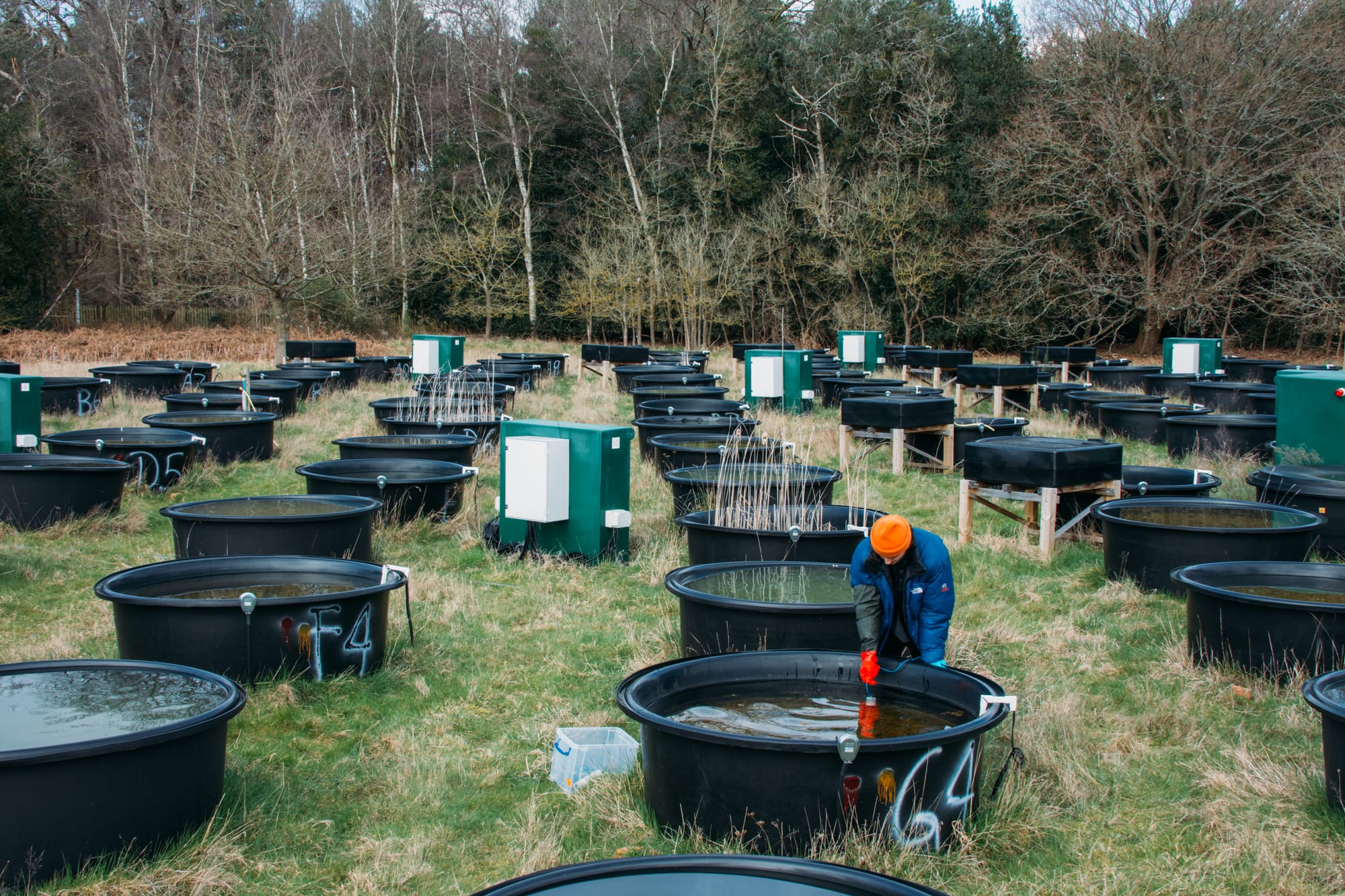
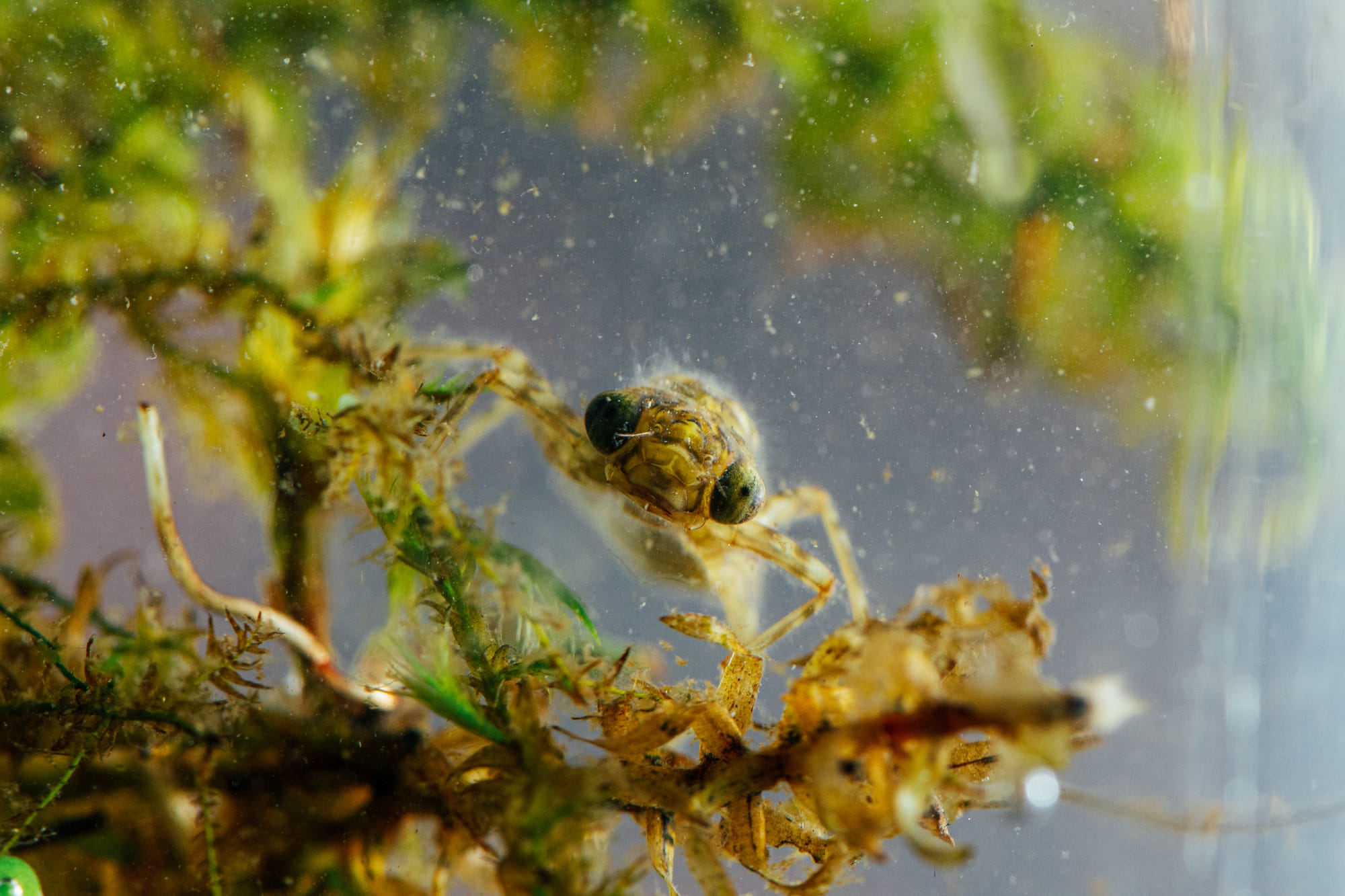
Suction trap
Since 1968, the suction trap at Silwood Park has caught aphids for the study of insect populations. It is one of 16 in the UK used for the Rothasmsted Insect Survey. The survey has revealed dramatic changes in the timing of first aphid flights and length of flight season, which could be changing due to climate, and changing aphid ecological and reproductive traits. The trap has to be emptied daily during aphid season (from April to November) and weekly the rest of the year. The largest number of distinct aphid species collection in a trap in a single day was 86, on the 4th June 1974.
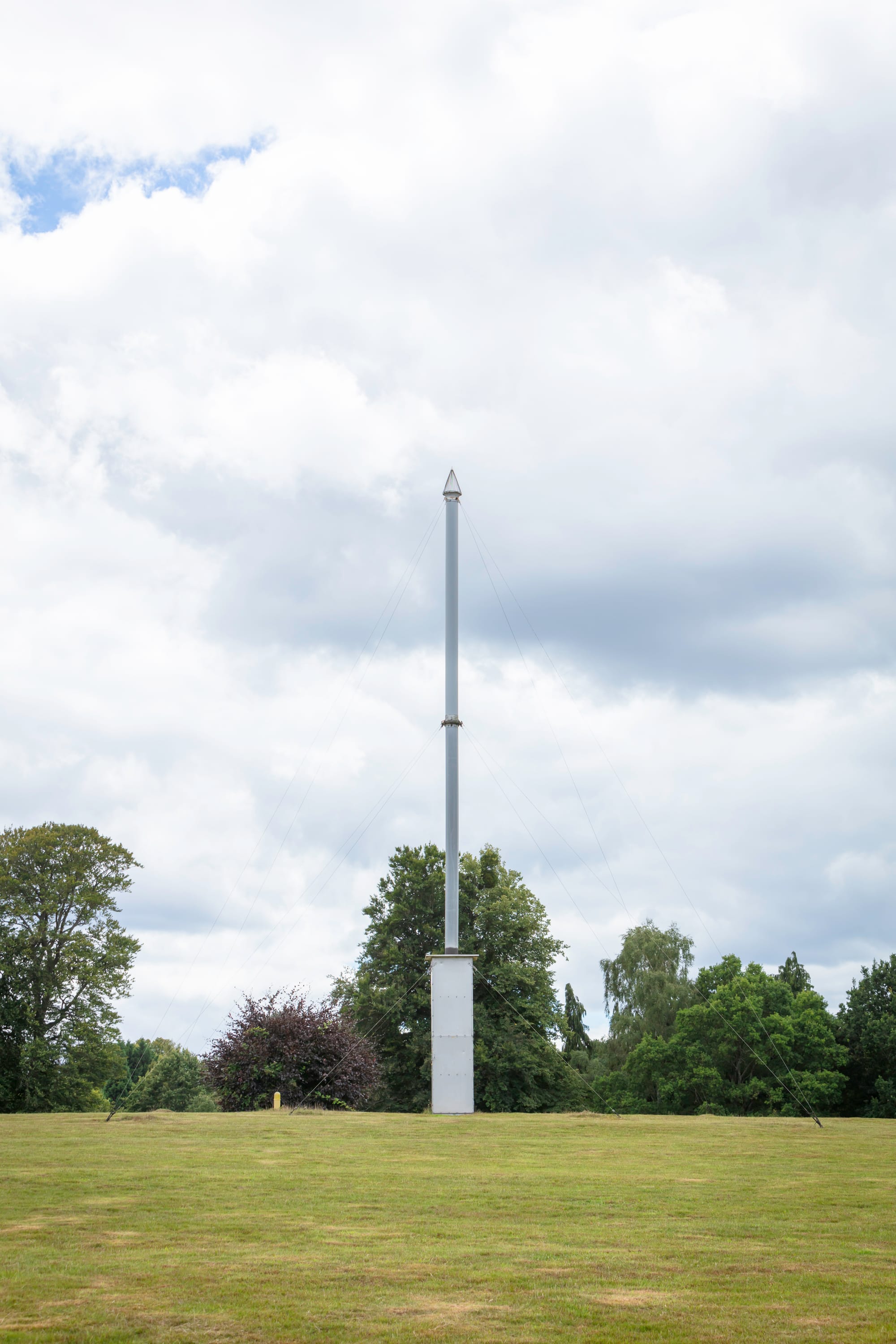
Blue tit phenology
Phenology is the study of the cyclic and seasonal timing of natural phenomena. The rearing of blue tit chicks is synchronised with the peak in abundance of their food: caterpillars. Caterpillar abundance is synchronised with the emergence of oak buds, on which they feed. The timing of these events are being disturbed by changes in climate and environmental cues. As these processes rely on different cues, there can be a mismatch in the phenology of these interacting species. Since 2002, this mismatch has been recorded and studied by investigating oak bud emergence, caterpillar abundance and blue tit chick rearing.
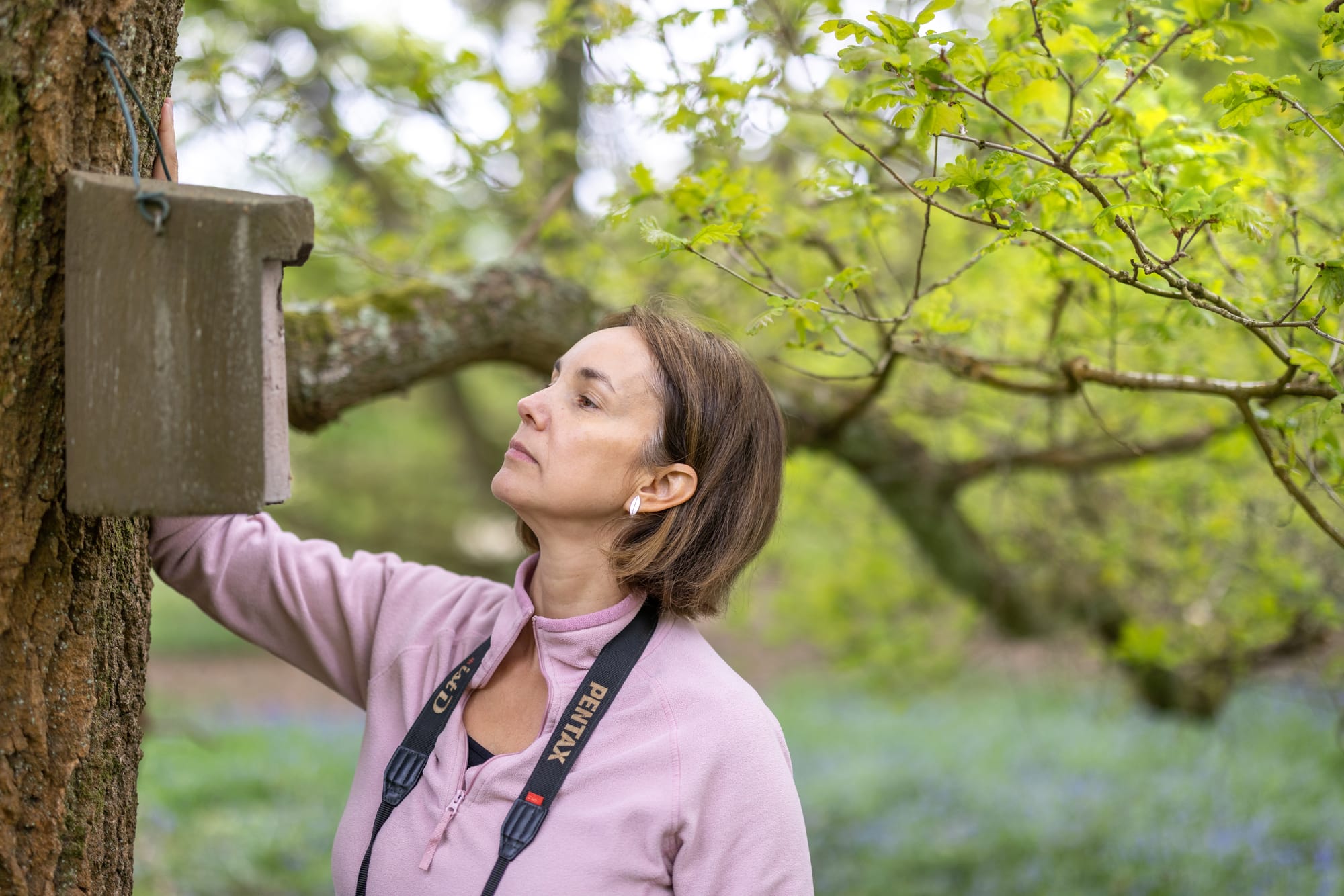
HISTORY OF RESEARCH AT SILWOOD PARK
Silwood Park joined Imperial College London in 1947. It was secured through the hard work of applied entomologist James Watson Munno. He established the park as a world centre for the study of insect control. The equipment of these early days was inventive and rudimentary: Wellington bomber engine-heaters were transformed into fans by Drs Page and Lubatti to make controlled environment cabinets. Researchers at the International Application Research Centre (IPARC), who made ultra low volume applicators, were affectionately known as "nozzleheads". The arrival of John Kennedy and Tony Lees hugely furthered the centre with their research on insect flight and photoperiodism.
The study of theoretical ecology prospered after the appointmnet of M. P. Hassell in 1971, and his collaborations with R. M. May and R. M. Anderson, who studied infectious disease modelling and dynamics. Mick Crawley revolutionised plant ecology with field studies and experimental models.
By the 1980s, Silwood Park had started to shift from primarily applied entomology to ecology and evolution. This had begun with insects in the 1950s and 1960s with the work of Dick Southwood and Michael J. Way, who studied insect communities in grasslands, trees, shrubs, and insects in plant succession. In the 1990s, entomology made a bit of a comeback with Austin Burt's work. He wrote about site-specific selfish genes as tools for controlling and genetically engineering populations, which was the origin of Imperial College's current project to eliminate malaria mosquitos.
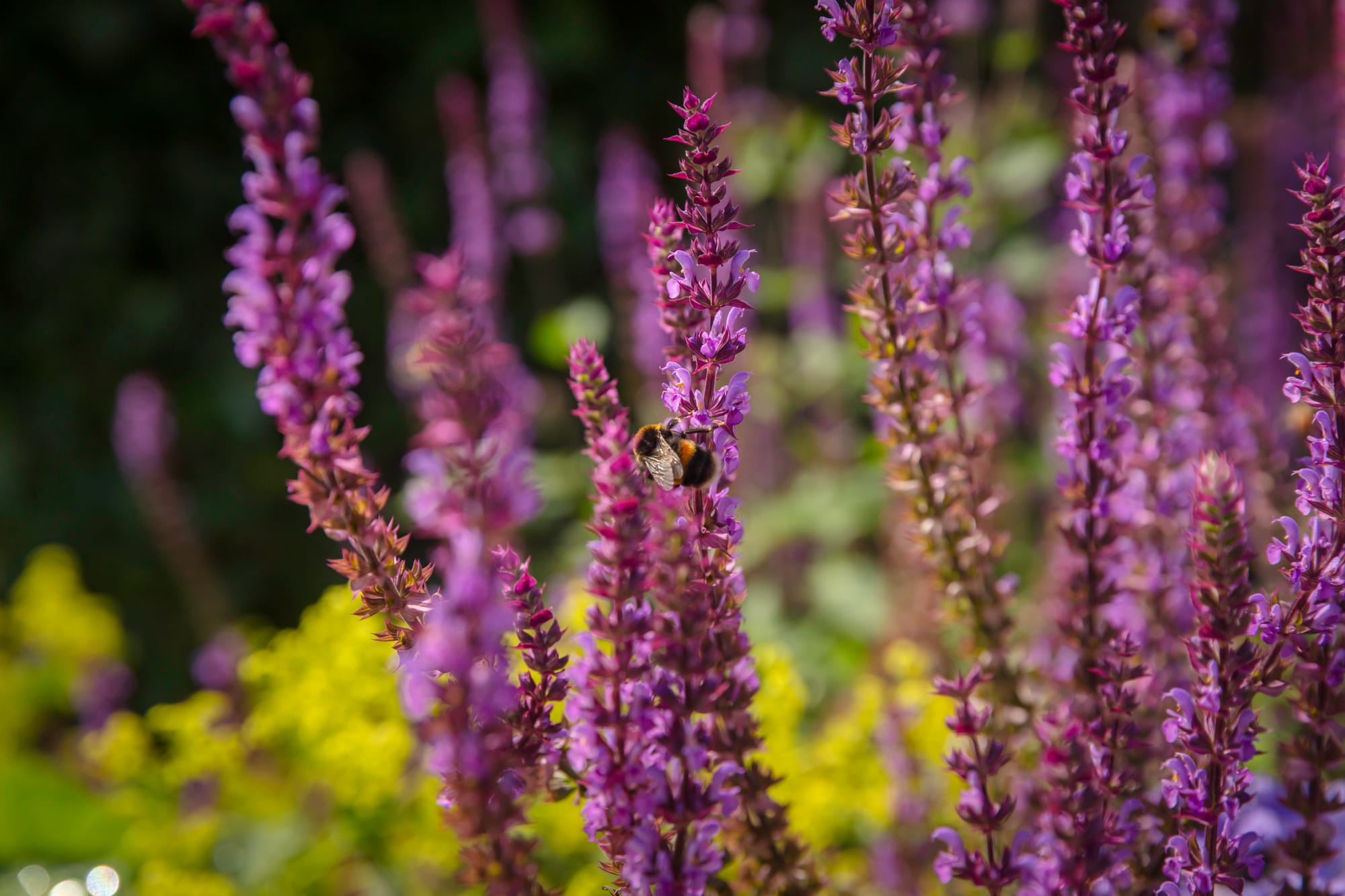
FUTURE OF SILWOOD PARK
Professor Armand Leroi, academic lead for the 75th anniversary celebrations, says that Silwood is and will remain strongly engaged in societal problems such as pathogens and climate change. Research is increasingly able to shape life and the environment rather than passively study it, informing policies and technologies that can be implemented for human and environmental protection.
Last year, the Georgina Mace Centre for the Living Planet was launched. This centre is direcrted by Professor Vincent Savolainen and dedicated to producing science-based solutions to environmental problems.
The Leverhulme Centre for the Holobiont, headed by Professor Tom Bell, is planned for Autumn 2022. This centre will focus on microbial-multicellular relationships.









